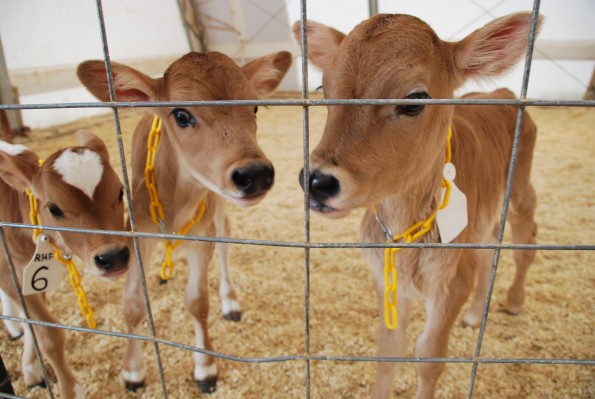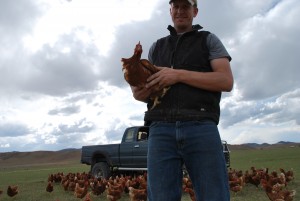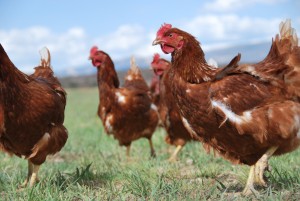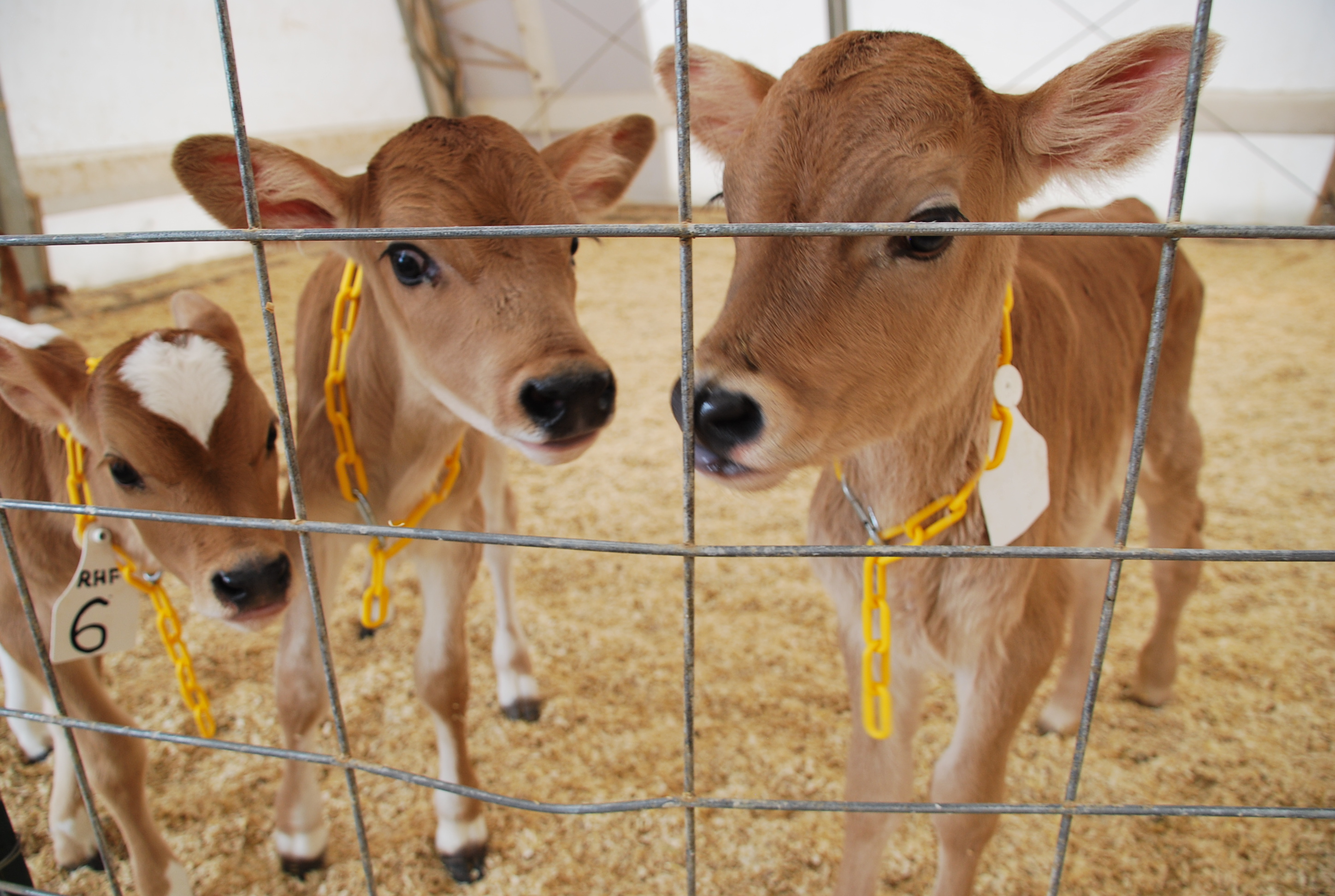
Grass-fed Dairy Farm
Redmond is one of those places you wouldn’t know existed unless you eschew I-15 and travel south on Highway 89. Compared to the interstate, this two-lane thoroughfare feels like an old country road.
This area has a ranching tradition dating back more than 100 years, a tradition maintained by places like the Burns Cowboy Shop in Salina, arguably the longest-running business in Utah. They have been making saddles and cowboy gear ever since they opened in the 1890s. In and around Redmond there are cattle pastures and open green fields yoked to azure blue skies with puffy white clouds. I’m here to visit Redmond Farms which supplies its Real Foods markets with fresh (non-pasteurized or homogenized) grass-fed milk.
The dairy I’m looking for was the catalyst for the now five Real Foods stores strategically placed throughout Utah. Here, milk is not a commodity but a health food item, fetching nearly $9.00 a gallon. Despite being more than twice the price of regular milk, the glass-bottled dairy product is currently not earning Real Foods a profit.
Redmond Heritage Farms owner, Rhett Roberts, spearheaded the legislation to allow stores (rather than only farms) to sell grass-fed milk. Six years ago, raw milk was nearly impossible to purchase without having a personal relationship with a dairy farmer. But the grass-fed milk movement is gaining momentum. Advocates say that grass-fed milk prevents early childhood asthma and food allergies and can be consumed by those who are otherwise lactose intolerant. The rise of grass-fed milk has been in response to consumer demand.
Government regulations favor industrial homogenized and pasteurized milk production.

Roberts is the Redmond man responsible for Redmond Heritage Farms. “He basically wanted to have access to raw milk after reading about its health benefits, so he bought two cows,” says Darryl Bosshardt. Later they bought heritage Jersey cows from an Amish community back east. Very few dairy cows are anything other than Holsteins. They make up 93 percent of all dairy producing cattle. The Jersey cows are much smaller, eat less, produce less milk, but according to farm manager Jed Johnson, “It’s creamy delicious milk, and most people who try it never go back.”
Raw Milk
The difficulty in producing raw or “grass-fed milk,” as Roberts says, isn’t in production. It’s in getting through all of the red tape that the government has established. The USDA initially set up the requirement that all milk must be homogenized, or cooked as farmer Jed Johnson puts it, which he says kills our natural ability to digest the milk by killing off the lactase in it, the natural counterpart enzyme which allows us to digest the lactose in milk.
Homogenization and pasteurization laws were established as cities were becoming much more populated and dairy cows (for lack of pastures) were fed spent grain from breweries in industrial areas. Sometimes this grain would have problems (such as excessive bacteria) which would end up in the milk supply making consumers sick. Rather than making conditions in which dairy cows were housed more sanitary, the USDA instead decided to allow the unsanitary conditions in raising many cattle in a small space to exist, but counteract the negative consequences by homogenizing the milk. But, according to Johnson, head farmer at Redmond farms, the process of homogenization led to a lot of the healthy nutrients and benefits being removed from milk.
Roberts explains that Redmond Farms was set up as a business co-op so that Redmond employees could have access to raw milk and all of its health benefits. “Food the way that nature intended.” The salt mine and mineral operations financed the dairy operation, the foyer of Redmond minerals contains a company store, with all of the best foods Redmond has to offer. Redmond now has 150 cows, each producing around seven pounds of milk per day, supplying five stores statewide.
Roberts bought into Redmond minerals in 1999. “My motivation for getting involved in the health foods businesses,” Roberts explains, “started with my own family. We wanted to get better foods to eat, and we started shipping in food from other areas. Then we were having family and friends saying I want some too, so we were shipping in more and more. And we were shipping it in on tables. And there was enough interest where we said we ought to open a store, and so that’s how it all started.”
Roberts says that about the same time they had the idea to start a store they came up with the idea to start a small dairy. “We bought the cows from back east. We didn’t want to go the Holstein route because they have a lower butterfat content, and they tend to do volume rather than quantity; and they don’t to do well on grass. So we tried the Jersey, Guernsey and some brown Swiss. Most of the herd is a Jersey Brown Swiss mix.”
“It’s still not been profitable. We have been trying to perfect the production side and safety side. The cows produce on average maybe 30-40 percent less volume than an industrial diary.”
Roberts doesn’t demonize or vilify factory farmers but sympathizes with them. “We as the public are largely to blame for factory farms. The farmer is just responding to what the public wants.” While the natural milk movement has spread widely on the east coast, it’s just beginning to catch on in Utah. “People just don’t want to pay more for it, but it’s just because they don’t understand the value of what we call real milk. It’s far more nutrient dense. If you looked at it from a nutritional perspective it’s certainly less expensive. We are just looking it in terms of how much volume we are getting rather than simply the volume.”
Roberts adds, “The US spends 5 percent of our disposable income on food. Compare that to the Japanese who last time I checked was 27 percent. In Europe it’s 15 to 20 percent. We have gotten so used to paying so little for food, which isn’t really even food. And I think we have the health problems to show for it. We  spend a lot more on health care which would be better spent on real food.”
spend a lot more on health care which would be better spent on real food.”






